Anglers Booking Team
The expert copywriters at Anglers Booking have meticulously crafted this article. Our dedicated team of writers provides valuable insights and information to enhance your angling experience.
 8 minutes read
8 minutes readToday, we are dealing with one of the most popular saltwater fish – the Snapper. This is a powerful and intelligent fish. Anglers chase them from shallow bays to deep offshore reefs. Snapper is popular in many parts of the world. Its popularity comes in part from its mild flavor and firm, easy-to-cook meat.

To catch them, you need an effective lure. Snapper can be picky. They watch closely before they strike. That's why choosing a practical lure matters.
In this guide, we'll help you pick the best Snapper lures. You'll learn what works and when to use it. Information about the places they live and the best time to fish is also included.
There are many types of Snapper. The most common are Red Snapper, Cubera Snapper, Lane Snapper, Mutton Snapper, Mangrove Snapper, and Yellowtail Snapper.
Each type lives in a slightly different area. However, they all react to lures in similar ways. To catch more Snapper, you need to understand how they live and feed. This helps you choose the effective lure.
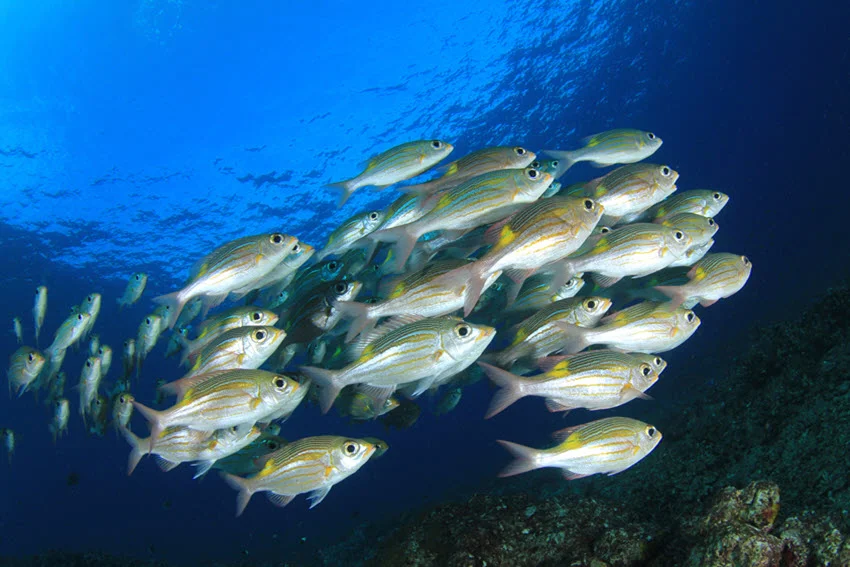
Snappers are often near a structure. You'll find them around reefs, wrecks, rocks, jetties, and ledges. They like spots where they can hide and watch for food.
In strong currents, Snapper stays close to cover. They wait for prey to pass by, then strike fast. In calmer water, they roam more. However, they remain near the shelter.
Their activity influences water temperature. Snapper feed best between 70 and 80°F. If the water is too cold or too hot, they get picky. Snapper is more active during low-light hours.
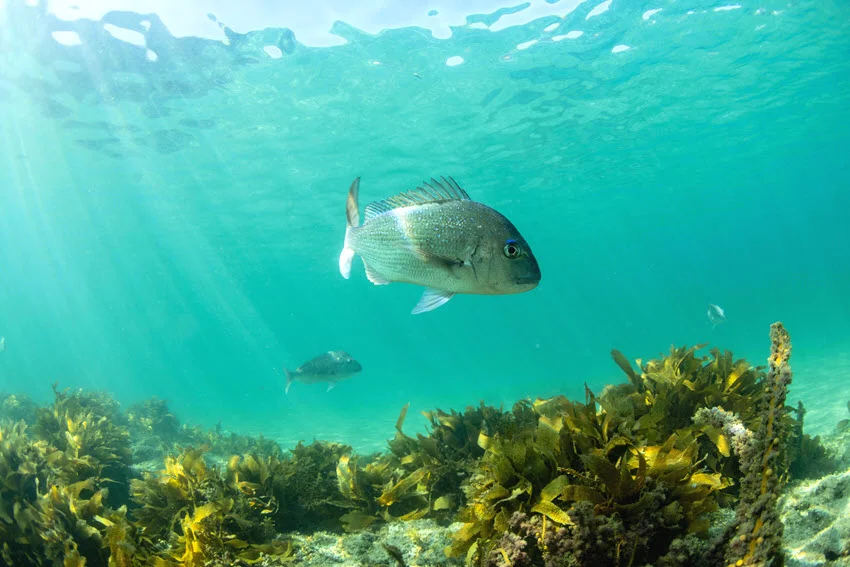
Seasons change how Snapper act and where they go. Water temp, current, and baitfish movement all affect their feeding. Below's how Snapper usually behaves throughout the year.
Each season needs a different approach. Change your lure type, depth, and speed to match the fish's behavior.
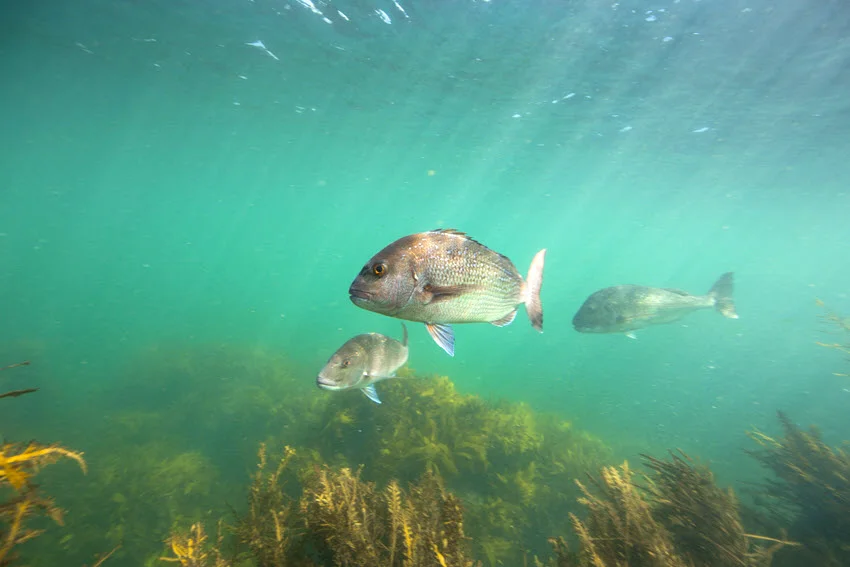
Snappers inhabit a wide range of saltwater habitats. Each place requires a different lure and technique. Don't miss the next part!
No matter where you are fishing, the effective lure makes all the difference. So, follow the tips above.
Choosing the effective lure is key to catching Snapper. Different lures are most effective in various situations. Below are some of the top lures for this species of fish.
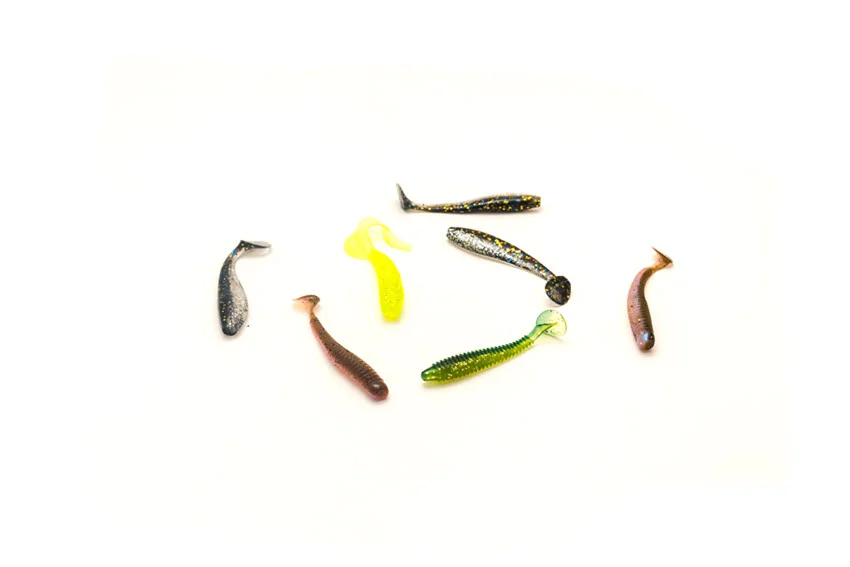
Swimbaits are one of the most popular artificial lures for Snapper. They come in many sizes. Also, you can find them in different colors. Some have added scent to attract fish. Many swimbaits look like real baitfish or shrimp.

Jerkbaits work on or below the surface. You create a zig-zag motion by jerking your rod. This movement makes the lure resemble a fleeing fish. Many jerkbaits also make noise to attract Snapper. They often have treble hooks. That helps improve the hookset. This is especially useful when targeting bigger Snapper.
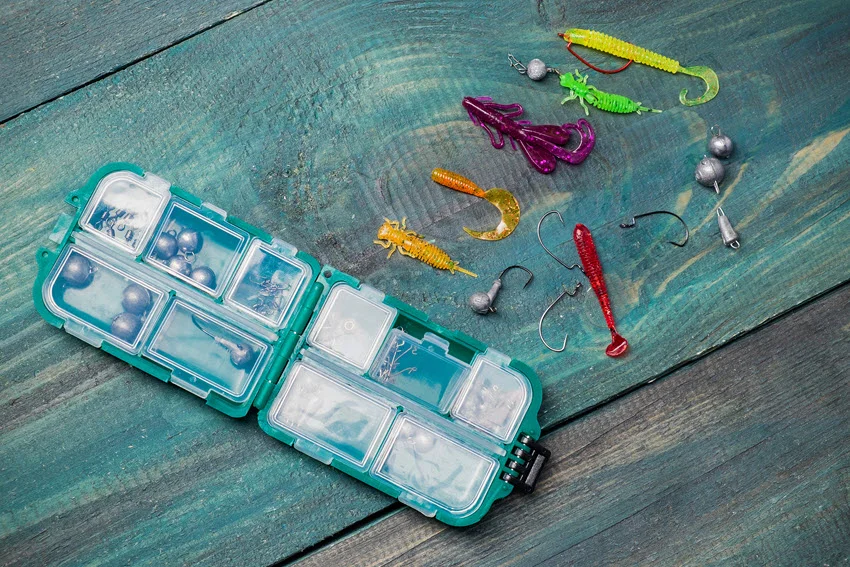
Jigs are great for deep-sea Snapper fishing. Bright colors, flashy movements, and sometimes sounds can catch a Snapper's attention. When jigging near the bottom, these lures entice Snapper to strike. They are especially productive for larger ones.
To catch Snapper with lures, it's important to present your lure close to where they feed. Using the effective technique and lure action will help you catch this fish.
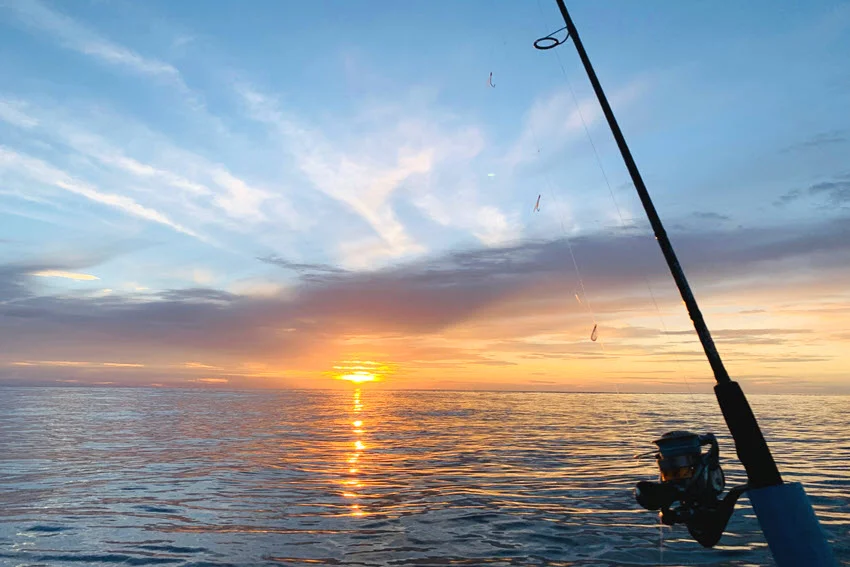
This fishing method is known to work well in deeper water. Drop a metal jig or weighted lure straight down to the bottom, above the structure. Make short upward twitches with the rod. Then pause and let the lure flutter down slowly. This motion triggers strong strikes from Snapper hiding near the bottom.
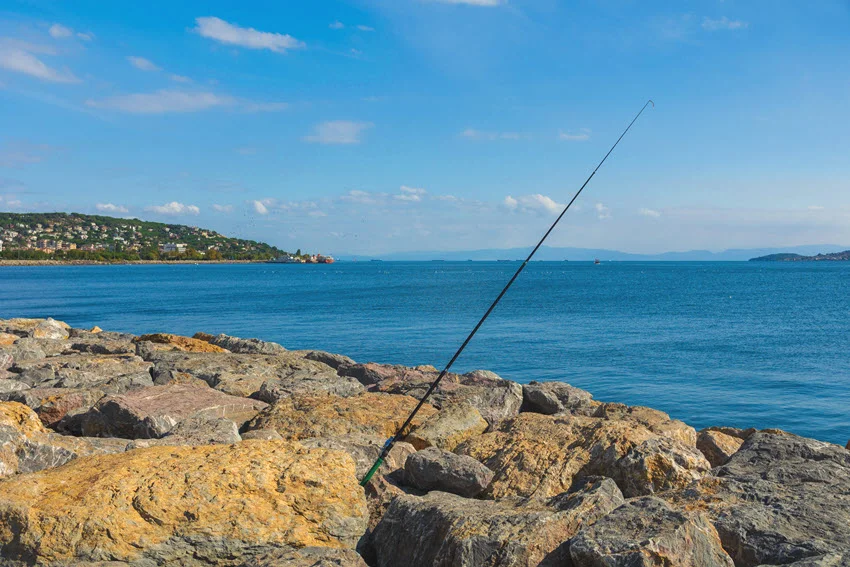
Bottom fishing is an excellent fit with lures. Drop a heavy jig or soft plastic near rocks or wrecks. Let it hover. Snapper often strike when the lure is falling. When using this method, you place the lure precisely in the Snapper's strike zone.
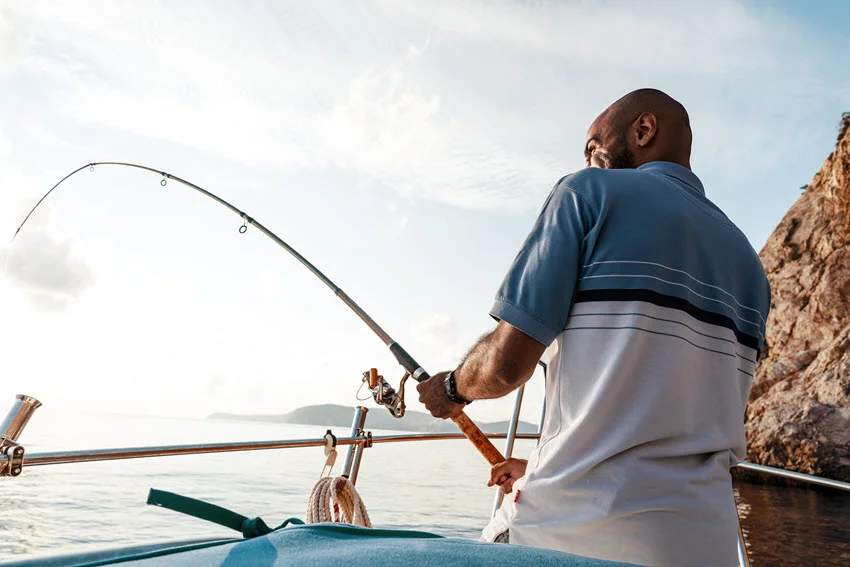
Drift fishing uses the boat's movement to carry your lure over different depths and structures. Throw your jig or lure upstream of the target area. Then let it move slowly with the current to cover more ground. It helps find Snapper along reefs and ledges. Oversee your line. Snapper bites can be subtle.
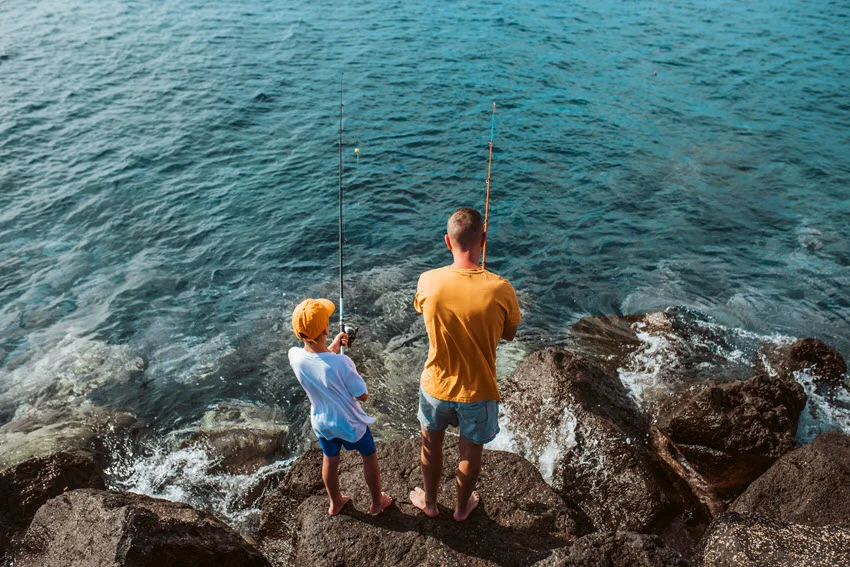
Casting works well near shallow reefs. Throw a vibrating lure or soft plastic just near structure. Let it sink, then retrieve slowly with small hops, pauses, or a slow roll. This attracts Snapper feeding along the edges.
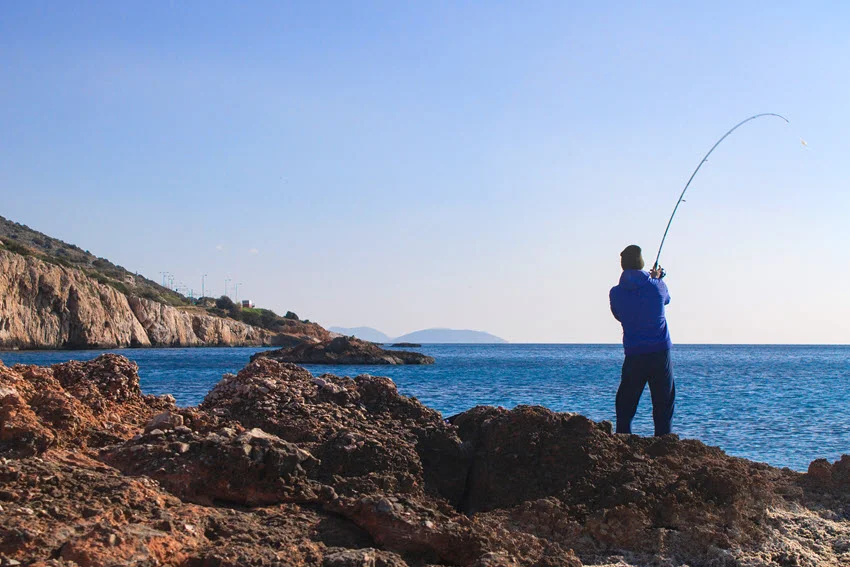
Combine chumming (throwing small bits of bait) with lure fishing to draw Snapper closer. When the scent attracts the fish, drop your jig or soft plastic near the bottom of the water column. Then, slowly move your lure to resemble injured prey. This method increases your chances of a strike.

Understanding fishing regulations and ethical practices about specific fish species protects fish populations and ecosystems and promotes responsible angling practices.
Anglers Booking team
Fishing for Snapper is highly regulated. Rules include limits on how many fish you can keep, size minimums or maximums, and certain times of the year when Snapper fishing is closed. In the U.S., NOAA Fisheries and state wildlife departments oversee these regulations.
Practicing ethical fishing goes hand in hand with following regulations. Using circle hooks reduces harm when releasing Snapper and helps more fish survive and return to the water.
Also, keep the fishing environment clean. Always remove fishing line, hooks, and any trash from the water and shore.
Snapper fishing is for sure an exciting experience for every angler. To catch these smart and strong fish, you need an effective lure. Of course, that's not all – you also need to know how to pick a good technique and understand their habits. Just stick to our guide, and you are on the right track to have success in Snapper fishing.
No, it's your turn! What's your favorite lure for Snapper? We are happy to see your comments below!

The expert copywriters at Anglers Booking have meticulously crafted this article. Our dedicated team of writers provides valuable insights and information to enhance your angling experience.
Embark on unforgettable fishing adventures with us at Anglers Booking.
book your charterOctober 17, 2025
October 15, 2025
October 10, 2025
October 11, 2025
October 4, 2025
September 29, 2025
September 25, 2025
September 21, 2025

You're now part of our exclusive community. Get ready for premium content and updates straight to your inbox.
close
Subscribe to our newsletter and receive a selection of cool articles every week.
Please enter a valid email address.

Be the first to know when we're back in action.
Please enter a valid email address.
Leave a Comment
Your email address will not be published. Required fields are marked *
Thank you for your comment! It has been submitted for review and will appear on the site shortly.